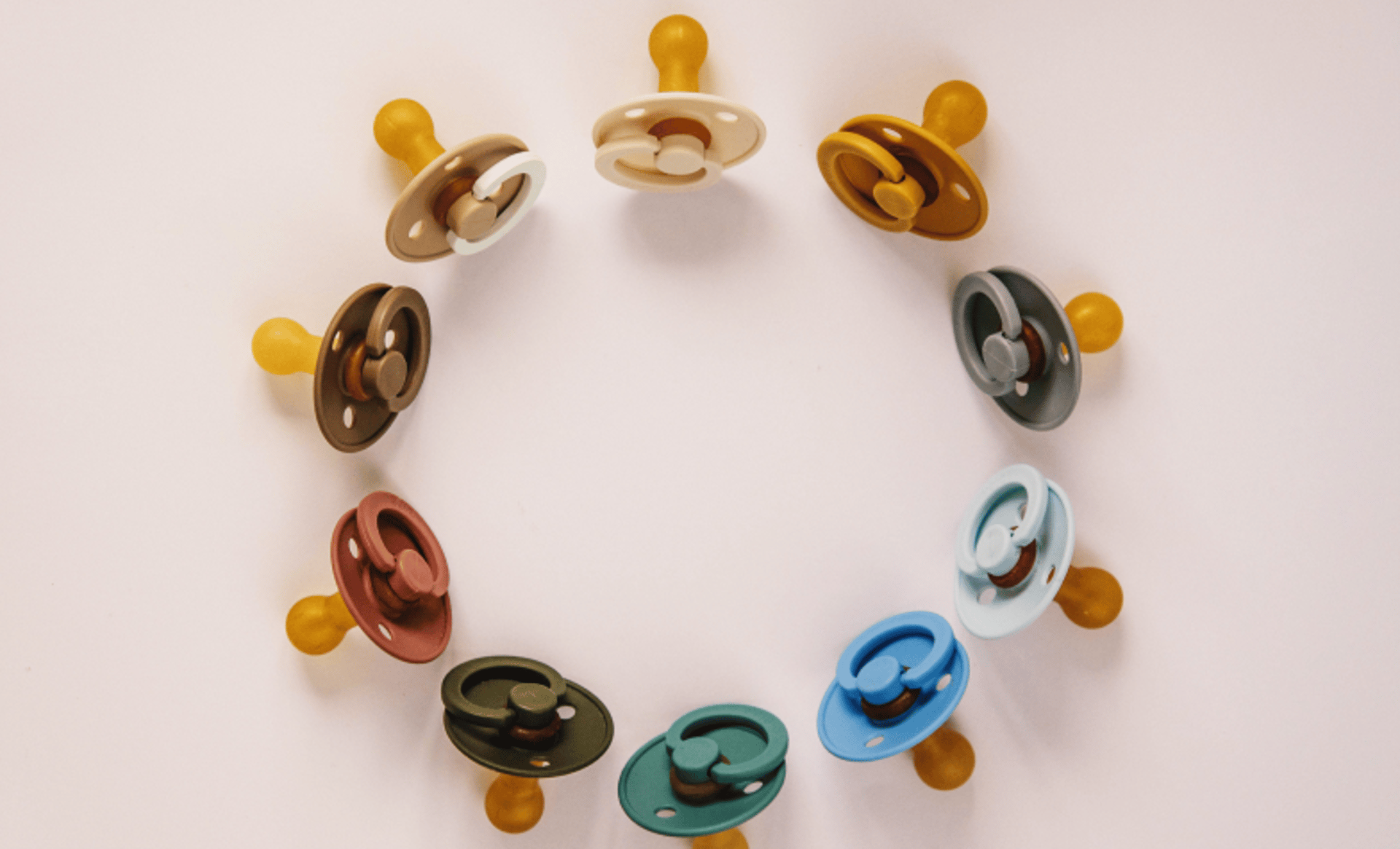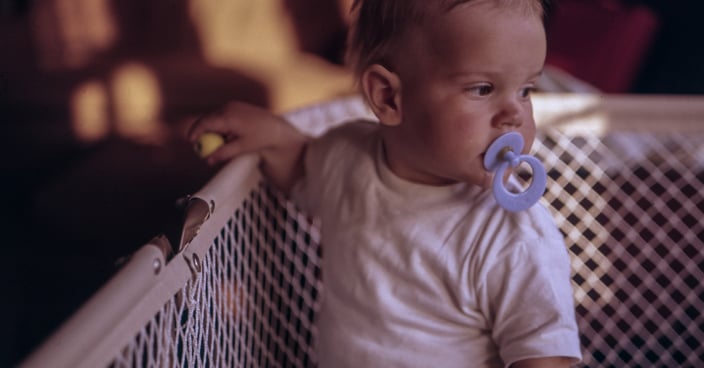How to Identify a Good Quality Baby Pacifier: A Comprehensive Guide for Parents
Choosing the right pacifier is more than just a comfort decision—it's about your baby's safety, development, and well-being. This guide will help you navigate the world of pacifiers with confidence and wisdom.
EMOTIONAL WELLNESS FOR KIDSPARENTING ADVICE

Understanding Pacifier Basics
Why Pacifiers Matter
Provide soothing comfort
Support natural sucking reflex
Can help reduce SIDS risk
Aid in emotional regulation
Key Quality Indicators
1. Material Safety
Look For:
BPA-free certification
Medical-grade silicone or natural rubber
Non-toxic materials
Hypoallergenic construction
Red Flags:
Cheap, unknown brand materials
Potentially harmful chemical components
Lack of clear safety certifications
2. Design and Ergonomics
Optimal Features:
One-piece construction
Ventilation holes
Rounded, smooth edges
Appropriate size for age group
Orthodontic nipple design
Developmental Considerations:
Supports proper oral development
Reduces risk of dental misalignment
Promotes natural palate formation
3. Age-Appropriate Selection
Newborn Pacifiers:
Smallest size
Extra soft nipple
Minimal resistance
Infant Pacifiers:
Slightly firmer nipple
Larger shield
Designed for 3-6 month range
Toddler Pacifiers:
More robust design
Harder nipple material
Larger shield
4. Durability and Maintenance
Inspection Checklist:
No cracks or tears
Secure shield attachment
Elasticity of nipple
No rough edges
Replacement Guidelines:
Every 2-4 weeks
Immediately if damaged
With changes in baby's age/needs
5. Brand Reputation
Research Factors:
FDA-approved manufacturers
Positive customer reviews
Transparent safety testing
Pediatrician recommendations
Trusted Brands to Consider
MAM
NUK
Philips Avent
Dr. Brown's
Tommee Tippee
Safety Precautions
Pacifier Dos and Don'ts
Never attach to strings/cords
Clean regularly
Inspect before each use
Replace periodically
Monitor for signs of wear
Consultation is Key
While this guide provides comprehensive insights, every baby is unique. Consult your pediatrician for personalized advice tailored to your child's specific needs.
Disclaimer: Always prioritize your baby's individual comfort and developmental requirements.


